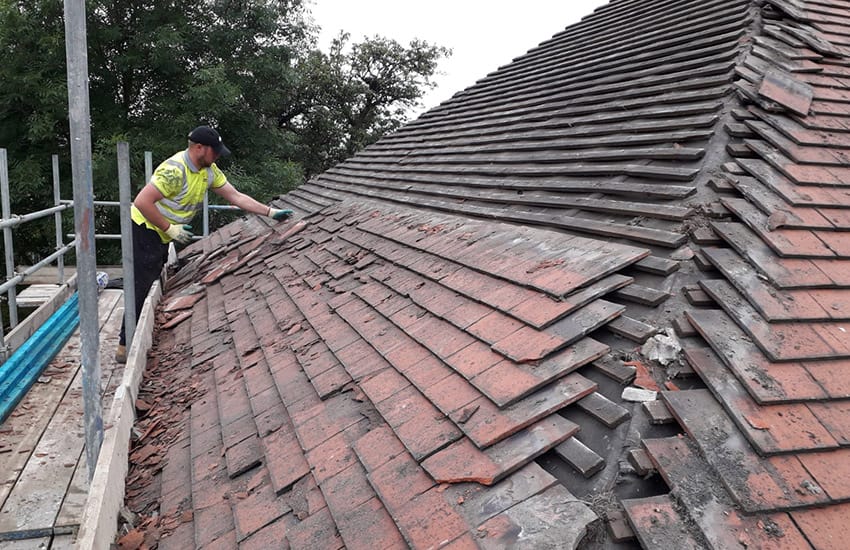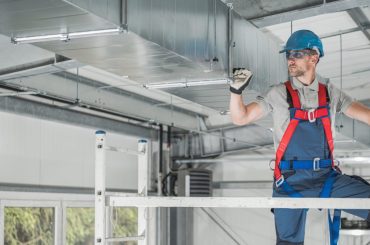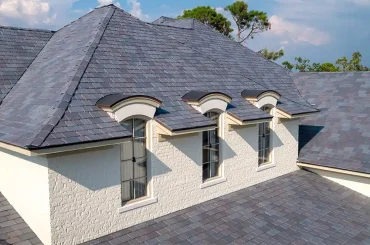Table of Contents
Roof restoration is a crucial aspect of home maintenance that can significantly extend the lifespan of your roof, improve the aesthetic appeal of your home, and even enhance its overall value. One common question homeowners have is regarding the duration of a roof restoration project.
The process involves several stages, from initial inspection to the final touches, each contributing to the timeline. This article aims to provide a comprehensive overview of what goes into a roof restoration project and an estimate of how long you might expect the process to take.
The Initial Consultation and Inspection
The first step in any roof restoration project is the initial consultation and inspection. A professional team will assess the condition of your roof, identifying any issues such as leaks, damaged tiles, or structural weaknesses.
This stage is critical in determining the scope of work required and, consequently, the project’s duration.
Planning and Preparation
Following the inspection, the next phase involves planning and preparation. This includes sourcing materials, scheduling the workforce, and preparing the site for restoration.
The complexity and availability of materials can influence the timeline, with custom or hard-to-find materials potentially adding to the project’s length.
Cleaning and Repairs
Before any restoration work can begin, the roof must be thoroughly cleaned, typically involving high-pressure washing. This step is crucial for removing dirt, moss, and debris, ensuring a clean surface for subsequent treatments.
Following cleaning, any necessary repairs, such as replacing broken tiles or fixing leaks, are carried out. The extent of damage and repairs needed can significantly impact the project’s timeframe.
The Application of Sealants and Coatings
A key part of the restoration process is the application of sealants and coatings. These products protect the roof from future damage and can improve its appearance.
The application process requires precision and, depending on the roof size and the products used, can take several days. Weather conditions also play a role, as certain coatings need dry conditions to properly set.
Final Inspection and Touch-Ups
After the main restoration work is completed, a final inspection is conducted to ensure everything has been done to a high standard. Any necessary touch-ups are made during this stage. The project is not considered complete until the homeowner and the restoration team are satisfied with the work.
How Weather Can Affect the Timeline
Weather is a significant factor in the timeline of a roof restoration project. Rain, high winds, or extreme temperatures can delay work, either by preventing teams from safely working on the roof or affecting the drying and curing times of materials.
The Role of Roof Complexity and Size
The complexity and size of your roof are also determining factors in the restoration timeline. Larger roofs or those with complex designs, multiple levels, or hard-to-reach areas will naturally require more time to restore.
Roof Restoration In Perth, Western Australia
When considering a roof restoration Perth expert, it’s important to factor in the local climate and availability of materials and labor. Perth’s generally mild weather is conducive to roof restoration projects, but peak seasons can see higher demand for services, potentially affecting timelines.
Conclusion
The duration of a roof restoration project can vary widely depending on several factors, including the initial roof condition, the extent of repairs needed, weather conditions, and the roof’s size and complexity. On average, homeowners can expect the process to take anywhere from a few days to a few weeks.
Choosing a reputable and experienced roof restoration team is crucial to ensure the project is completed efficiently and to a high standard. With proper planning and execution, your roof restoration can significantly improve your home’s protection and curb appeal, making it a worthwhile investment.





